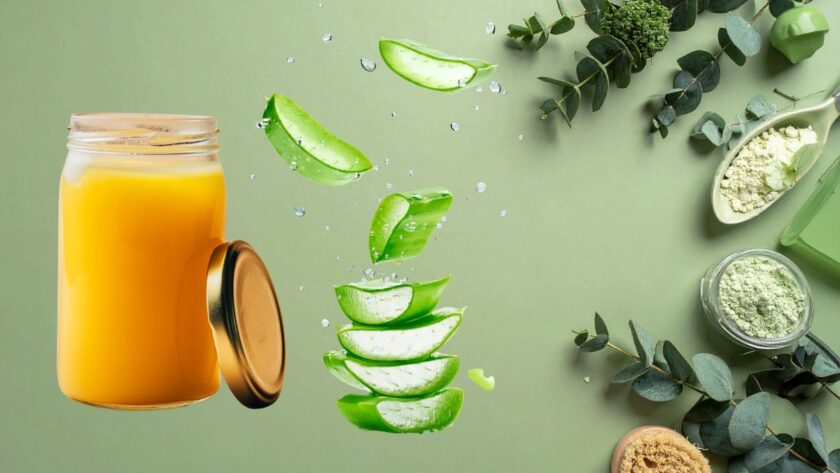Young Indians are choosing traditional formulas in winter to repair dry skin instead of depending only on trending chemical products
Young people in the age group of 18 to 27 in India are now shifting their thinking. Instead of applying multiple chemical based products for every skin problem, they are slowly choosing simple, natural and traditional ingredients. A study also shows that almost 33 percent of Indian Gen Z prefers to fix skin issues through lifestyle improvement like diet, sleep and basic care. Their demand is moving towards clean beauty, plant based ingredients and more transparency in formulations.
Winter brings dryness, flakiness and skin barrier damage because of low temperature, indoor heating and cold wind. This is making Gen Z pick heavier moisturisers, natural fats and easier routines that suit winter weather.
Why Ghee, Aloe Vera And Cold Creams Are Trending
Ghee
Ghee has always been a popular ingredient in Ayurveda to moisturise the body and heal dryness. Gen Z is now using pure ghee at night as an occlusive layer especially over hands, feet and very dry areas. This matches their preference for low chemical and high nourishment options that actually strengthen the skin’s lipid layer.
Aloe Vera
Aloe vera is becoming a key ingredient again because it reduces irritation, hydrates deeply and calms winter dryness. This plant ingredient fits perfectly into Gen Z’s clean and natural beauty mindset. Many new winter creams are also combining aloe vera with turmeric and other Ayurvedic ingredients to make formulas more traditional and skin safe.
Cold Creams
Cold creams are returning strongly as a winter essential in India. Rich malai style creams and thick moisturisers are being recommended in winter skincare guides. Innovation in this category is also rising as brands are adding aloe, turmeric and other Ayurvedic elements. These cold creams help in sealing moisture during harsh winter nights.
Also Read: Guru Nanak Jayanti 2025: Date, History, Significance and Heartfelt Wishes
Winter Skin Needs Strong Barrier Repair
Experts highlight that skin barrier becomes weak during winter. This is why young consumers are now choosing simple two or three step night routines such as cleanser plus aloe vera plus cold cream or ghee to lock moisture. Harsh actives and unnecessary product layering are being reduced.
This winter shift also has a major push from social media where people are sharing real home remedies, ingredient information and minimal skincare hacks.
Tips And Caution For Users
- Apply cold cream at night after cleansing
- Use aloe vera below moisturiser to add hydration
- Use ghee only in small quantity and only as the last layer
- Patch test these ingredients if skin is oily or acne prone
- Check ingredients and avoid products with heavy fragrance
FAQs
1) Can ghee clog pores?
Ghee can clog pores if your skin is oily or acne prone. Always patch test before applying on the face.
2) Is aloe vera safe to use daily in winter?
Aloe vera is safe for daily use and helps in calming dryness and irritation, but choose a good quality gel.
3) Are cold creams better than light moisturisers in winter?
Cold creams are thicker and work better in harsh winter because they create a protective layer that prevents water loss.
4) Can I mix ghee and aloe vera together?
Both can be used in the same routine but aloe should be applied first and ghee should be the final sealing layer.
5) Should sunscreen still be used in winter?
Yes sunscreen is required even in winter because UV damage still affects the skin and can worsen dryness.
This winter season is more about deep comfort, heritage knowledge and sensible skin nourishment than just following fast beauty. Gen Z is combining new skincare awareness with traditional Indian ingredients. Ghee, aloe vera and cold creams are becoming winter favourites again because they heal dryness, support skin barrier health and feel safe to use on the skin.
